E-Museum
Founding Clubs
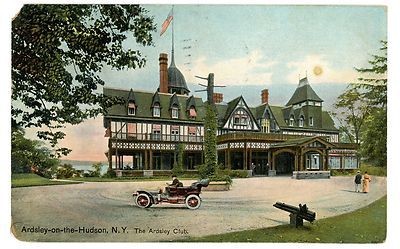
The Ardsley Country Club
In 1895, a new club, with the support of some of the most successful businessmen in the United States, including Jay Gould, Cornelius Vanderbilt, J. Pierpont Morgan, William Rockefeller and Amzi Lorenzo Barber, opened its doors. The original clubhouse overlooked the Hudson River and it had a private dock to accommodate the yachts of its members. Willie Dunn was the club’s first golf professional, and he also designed the golf course. In 1898 Ardsley Country Club hosted the third USGA Women’s Amateur Golf Tournament. Mrs. DeWitt-Cochrane, an Ardsley member, was a founder and the first treasurer of the WMGA. (ardsleycc.org)
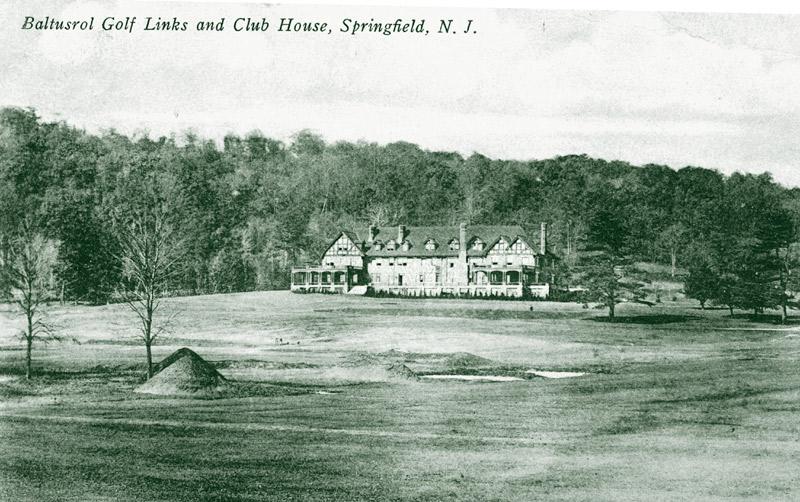
Baltusrol Golf Club
In the late 1800’s, Louis Keller and his friends escaped to the Jersey countryside on the weekends, and in 1895 Keller had the foresight to found a golf club for himself and others from Manhattan. The club’s name was a combination of the first and last name of the land’s owner, a Dutch farmer, Baltus Roll. The original clubhouse, a converted farmhouse, was destroyed in a fire in 1909, and one of the club’s members, Chester H. Kirk, designed the massive Tudor revival-style clubhouse that we know today. Baltusrol’s “Old Course” hosted 5 USGA Championships, including the 1901 Women’s Amateur, before A.W. Tillinghast decided in 1919 that the Old Course be plowed over and two new courses be carved from the land. Baltusrol member, Emma Leavitt-Morgan (Mrs. W. Fellowes Morgan), was a WMGA founder and the first president of the WMGA.
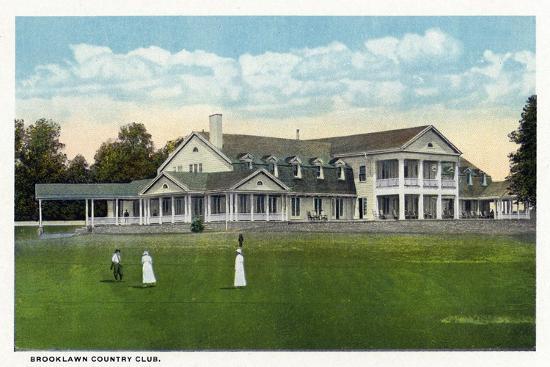
Brooklawn Country Club
The wealthy bankers, entrepreneurs and merchants of Bridgeport, CT, needed a place where they could kick back and enjoy the good life. One of Bridgeport’s leading businessmen, Dr. I. DeVer Warner, founded the Brooklawn Club Corporation, but the club members still needed a place to relax with their families. Another businessman, Clapp Spooner, had an idea for a planned community, so he started buying up farms and other land, and the Brooklawn Club Corporation signed a lease for 60 acres and the use of a farmhouse and barn as its clubhouse. Originally a nine-hole layout, Brooklawn CC expanded to 18 holes in 1911, and A.W. Tillinghast redesigned the course in 1931. Brooklawn member Miss Georgianna Bishop was an early member of the WMGA, and she won the Women’s Amateur in 1904, the WMGA Match Play Championship in 1907 and 1908, as well as the Connecticut State Women’s Amateur four times in the 1920’s. (brooklawncc.com)
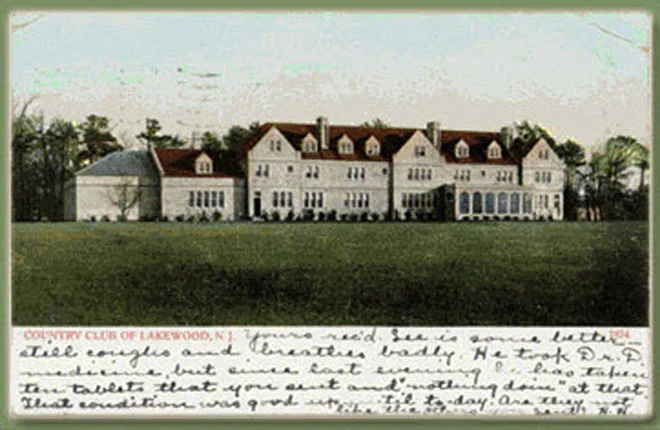
Country Club of Lakewood/Golf Club of Lakewood
Beginning in the 1880’s, Lakewood, NJ, with its slightly warmer climate, became a winter destination from October through December for wealthy New Yorkers, including George Jay Gould and John D. Rockefeller. The Golf Club of Lakewood was organized in 1894 and soon afterwards the Ocean County Hunt and Country Club was founded. In 1902 the Ocean County Hunt and CC merged with the Golf Club of Lakewood and was renamed the Country Club of Lakewood. Its members purchased the Hyer Farm, where they developed a new golf course that was ready to play in 1903, and that’s where the Lakewood Country Club is now located. However, in the 1920’s the wealthy began traveling down South by train and car in the winter, and by 1937 most of the large Lakewood estates were sold and Lakewood lost its appeal as the golf playground for New Yorkers. (lakewoodcountryclubnj.com)
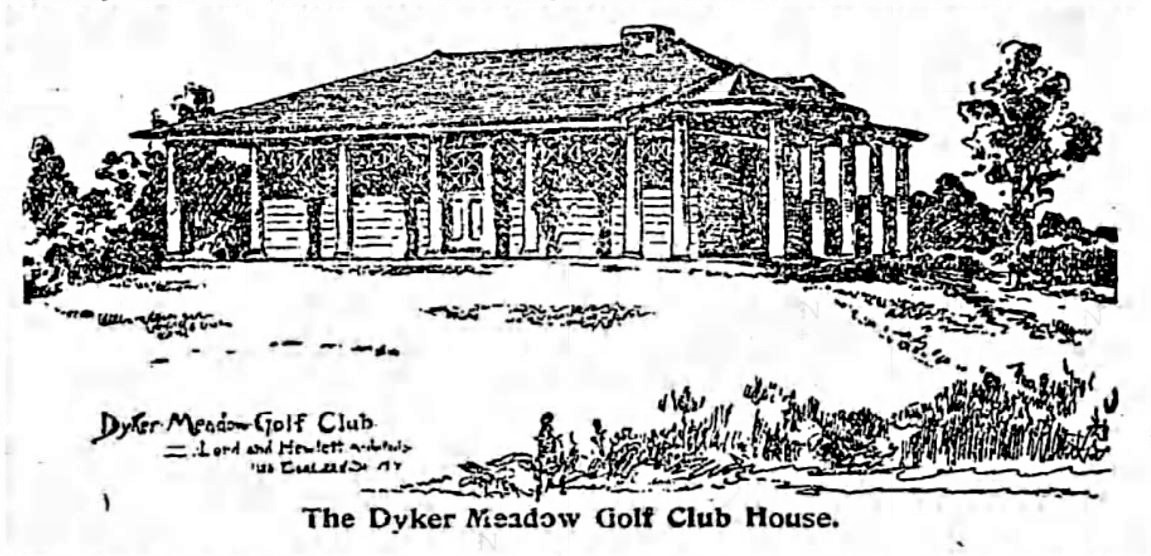
Dyker Meadow Golf Club
With an original membership of 100, the Dyker Meadow Golf Club in Brooklyn was established in 1895. Initiation at that time was $20, as were the annual dues. Its links were planned by a Scottish professional golfer, George Strath, and it had many natural hazards, including three ponds. Golfers were told to carry five clubs, rather than the usual three or four required at other clubs. The members had access to the links until 1916, when the Poly Country Day School purchased the land. All the Dyker Meadow members joined other clubs in Queens and Staten Island. Then a new course and clubhouse were built and the Dyker Beach Golf Club opened as a public golf facility in 1935. (dykerbeachgc.com)
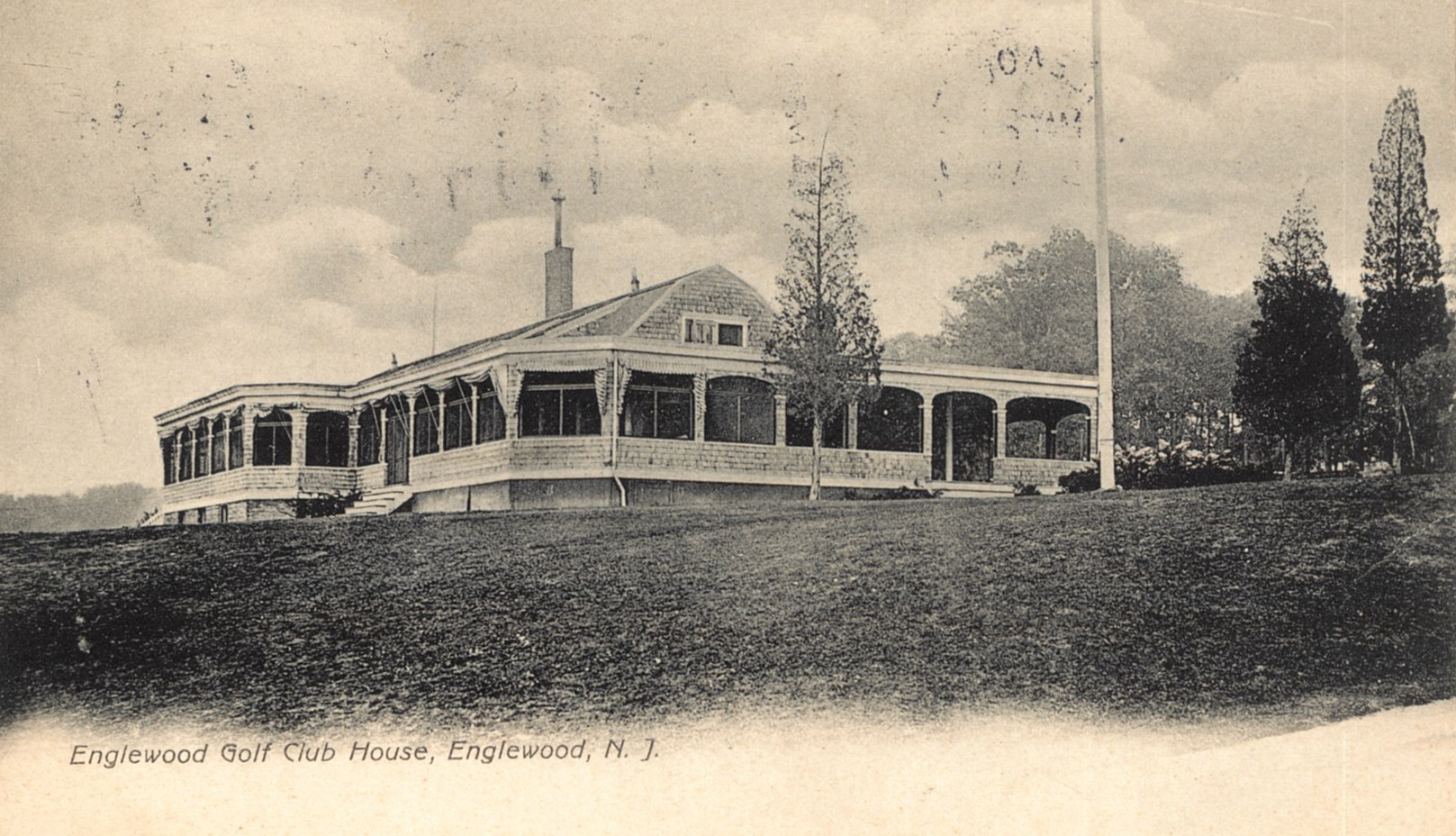
Englewood Golf Club
Englewood Golf Club in New Jersey began as a nine-hole course in 1896 and expanded to 18 holes in 1900. It hosted the US Amateur in 1906 and the US Open in 1909, and that was the last time it hosted a major event. While celebrities such as Buddy Hackett, Joey Bishop and Rocky Graziano could often be found out on the course, its days were numbered. I-95 eventually split the club into two and in 1976 the club closed and condos and houses replaced fairways and greens. (nj.com)
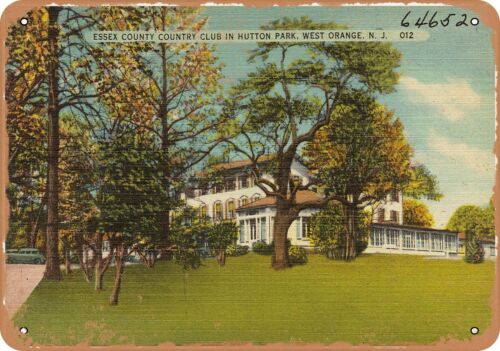
Essex County Country Club
When the healing waters of the Orange Mineral Springs in NJ dried up, the Orange Springs Hotel was purchased in 1889 by a group that established the Essex County Country Club. The club’s first golf professional, Alex Findlay, laid out a 9-hole course in 1895 that was expanded to 18 holes in 1897. Essex County member, Anna Sanford (Mrs. Edward Field Sanford), served as the third president of the WMGA in 1905-06 and was later named an honorary president. (essexcountycc.com)
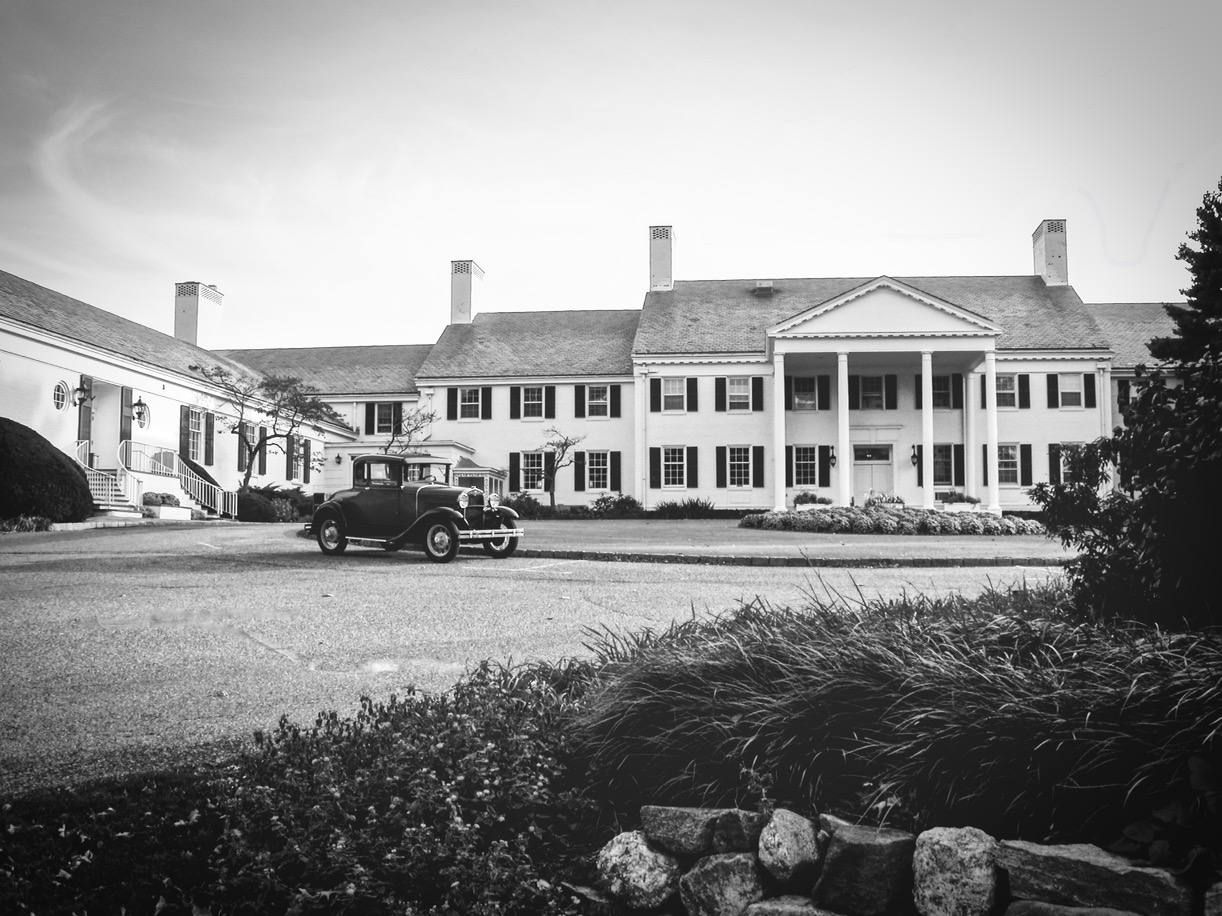
Fairfield County Golf Club
It all began when a Yale graduate, Julian Curtiss, who worked for Spalding sports equipment (he would later become its President), became interested in golf. Julian, his brother and a neighbor combined some of their properties to create a five-hole golf course. It expanded to nine holes in 1895 when a local landowner, Warren Smith, donated some land and the Fairfield County Golf Club officially opened. Then when Edmund Converse, a banker and industrialist, moved to Greenwich and became the president of the Fairfield County GC, the course expanded to 18 holes in 1908 and a year later was renamed the Greenwich Country Club. (greenwichlibrary.org)
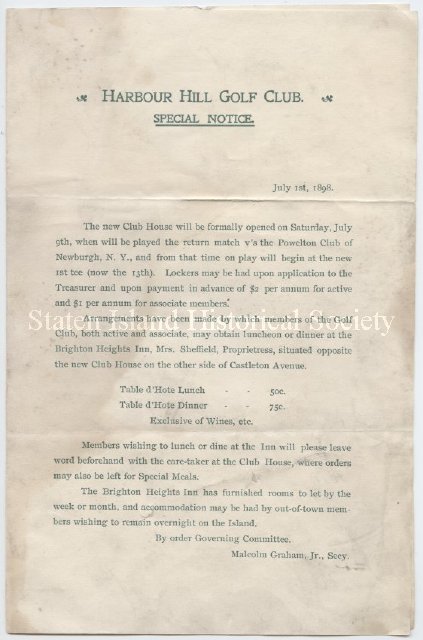
Harbour Hills Golf Club
The first golf course built on Staten Island, NY, was Harbour Hills in the New Brighton neighborhood in 1878. Golfers had the perfect view of the New York Harbor from the course until the land was purchased by Children’s Aid in 1912 and that was the end of the golf club. (silive.com)
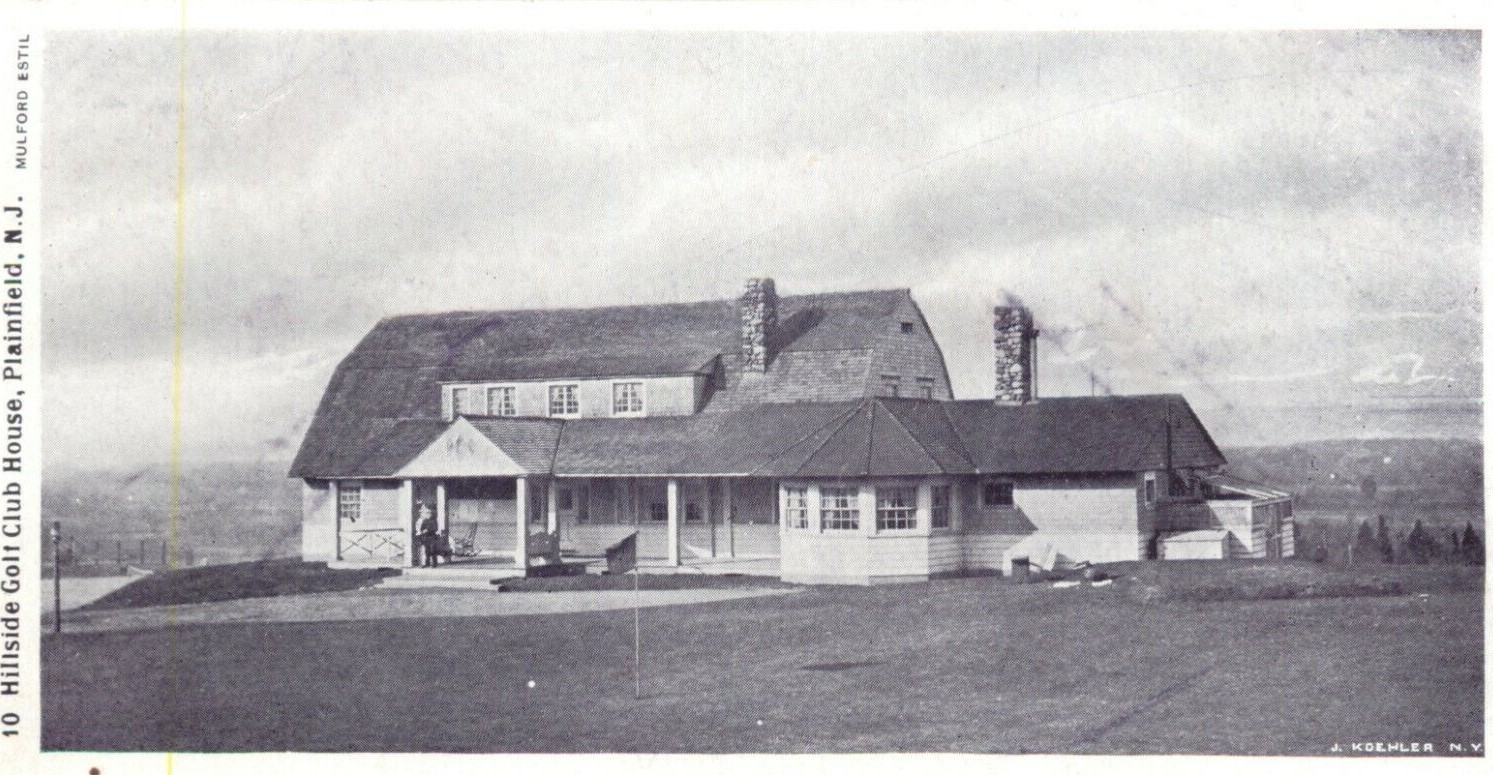
Hillside Golf Club
Five years after it opened as the Hillside Tennis Club in Plainfield, NJ, a nine-hole golf course was built. Golf was growing in popularity in the United States, and Scotsman Tom Bendelow was hired to design an 18-hole course that at 5,239 yards would prove to be too short for the newer golf balls of the early 1900’s. In 1904, Hillside became Plainfield Country Club, and in 1916 the club bought another 60 acres and hired Donald Ross to add yardage to the course. Instead, Ross convinced the club to let him build an entirely new course, and after some WWI interruptions, his layout opened in 1921. Nine of Bendelow’s 18 holes exist today as Plainfield’s CC’s “West Nine.” (plainfieldcc.com)
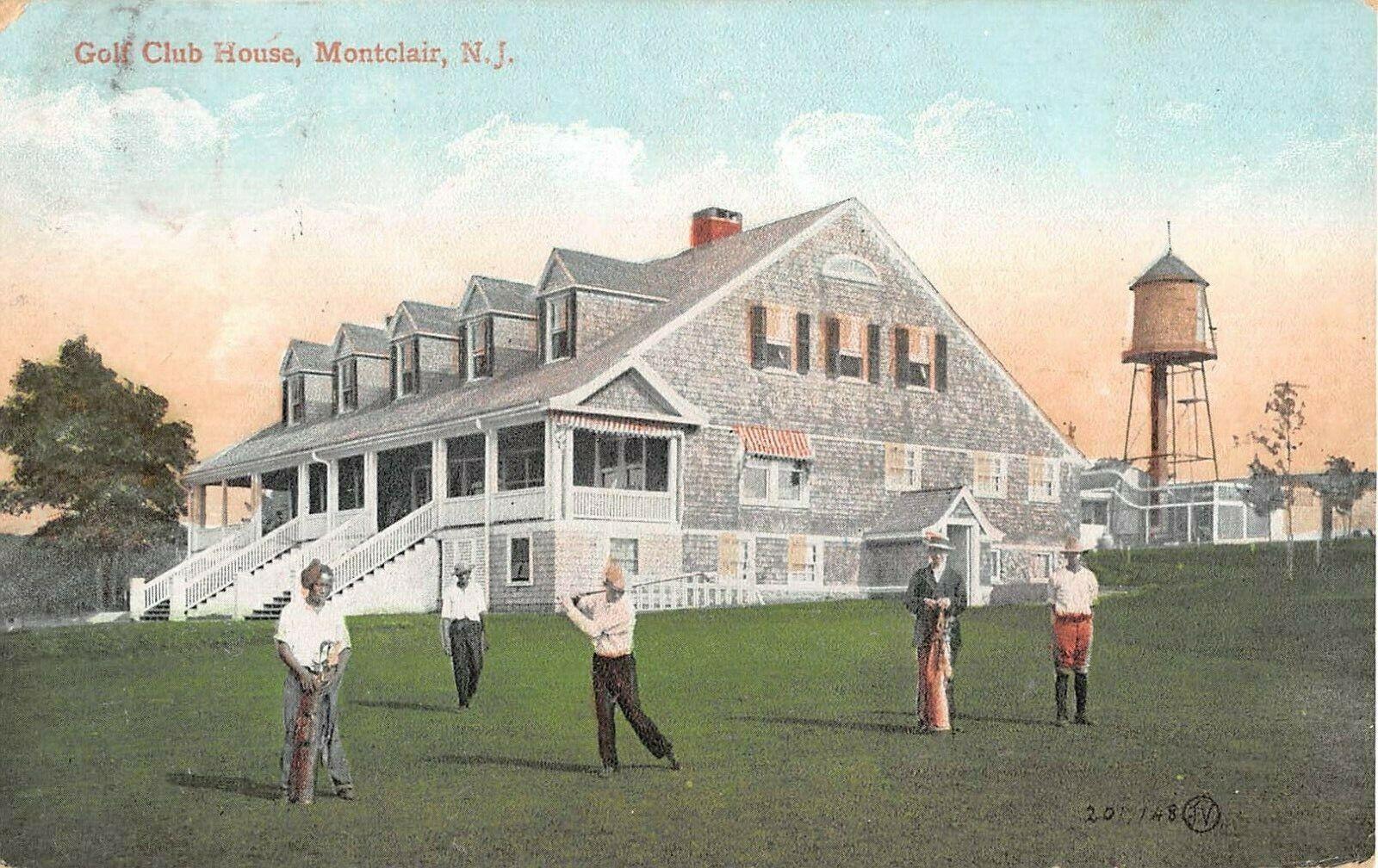
Montclair Golf Club
In 1893, Montclair Golf Club was founded and Tom Bendelow, the “Johnny Appleseed of American Golf,” designed its first golf course in 1899. As an aside, Bendelow designed at least 480 golf courses and perhaps as many as 700! 21 years later, Donald Ross was commissioned to design its first, second and third nines. A fourth nine, designed by Charles Banks, was added in 1928. Two Montclair members and golf architects, Robert Trent Jones and his son Rees Jones, would later add their own special touches to the original designs. (montclairgolfclub.org)
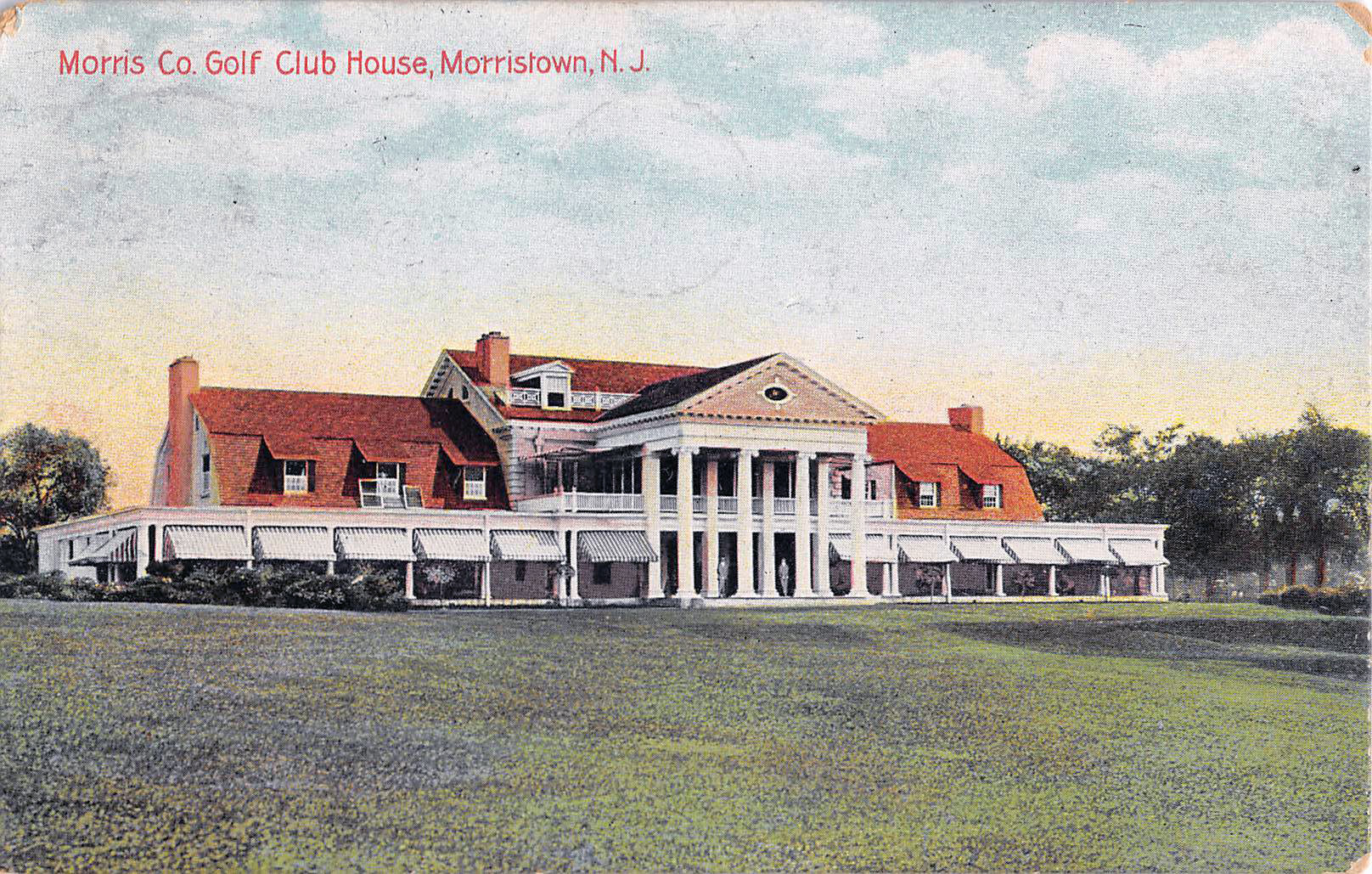
Morris County Golf Club
From its beginning in 1894, Morris County was a unique club that was planned, organized and operated by women. This was extraordinary in a time when a woman’s place was to run a house and not a golf club. Mrs. William Shippen, a WMGA founder and the organization’s first vice-president, was one of the women who established the Morris County Golf Club. The women granted honorary membership to clergy and allowed 200 men, mainly fathers and husbands, in as associate members, thinking they would “make good caddies.” (morriscgc.com)
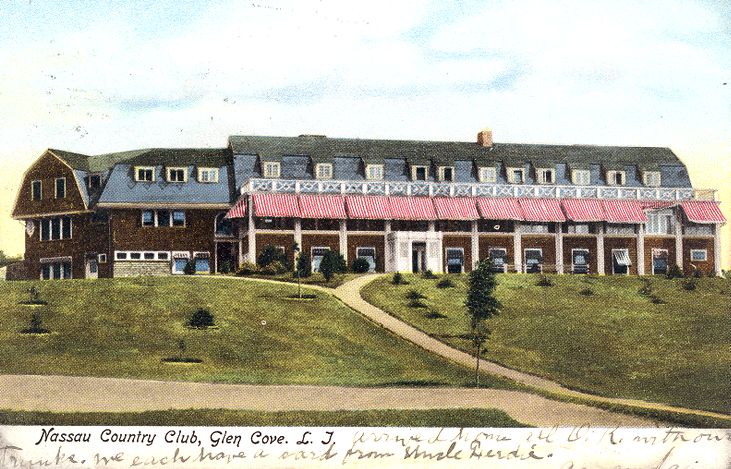
Nassau Country Club
The club was originally incorporated in 1896 as the Queens County Golf Club and when Nassau County was formed in 1898, the club was renamed Nassau Country Club. The club’s original six holes were designed by Tom Bendelow and expanded to nine holes. Then in 1899, the course moved to its current location where several designers created an 18-hole course. WMGA founder and its first secretary, Miss Ruth Underhill, was a Nassau CC member, and she also won the Women’s Amateur in 1899. (nassaucc.com)
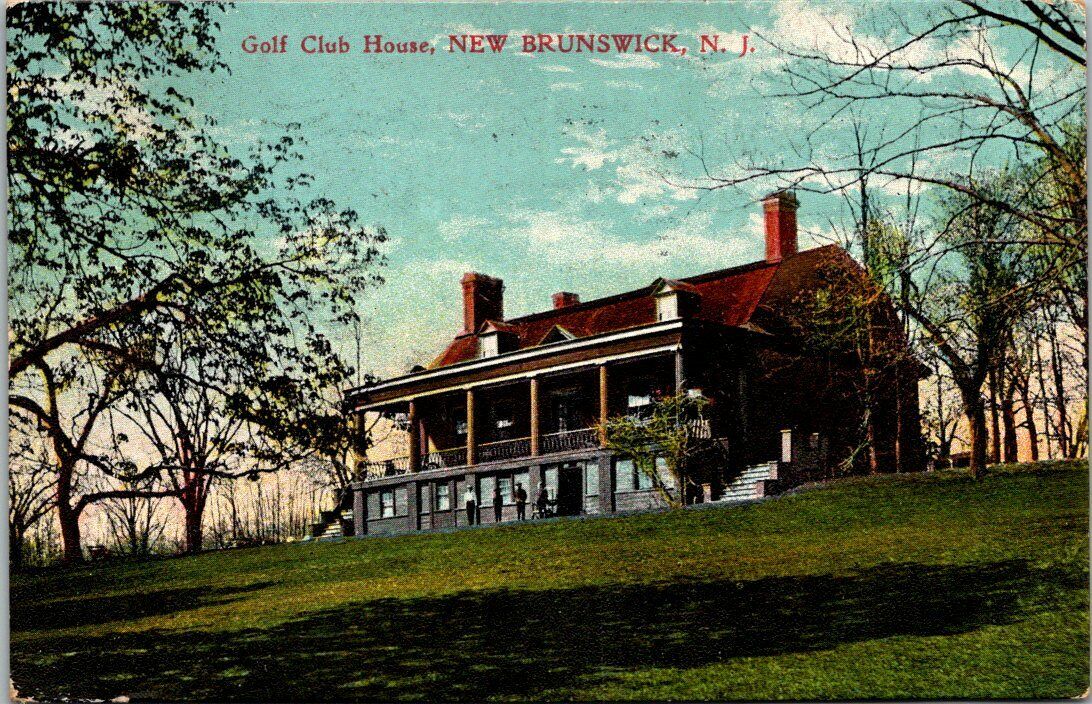
New Brunswick Golf Club
It was four men and four women who organized the New Brunswick Golf Club in 1894 in NJ. In 1897 Ross Hall, where George Washington headquartered after the Battle of Monmouth, became the clubhouse for the club. That same year a nine-hole course was built and by 1912 the club had enough money to purchase an additional 118 acres. Unfortunately, the club succumbed to bankruptcy during the Depression, and Rutgers purchased the club for $15,000 in 1935. (ipo.rutgers.edu)
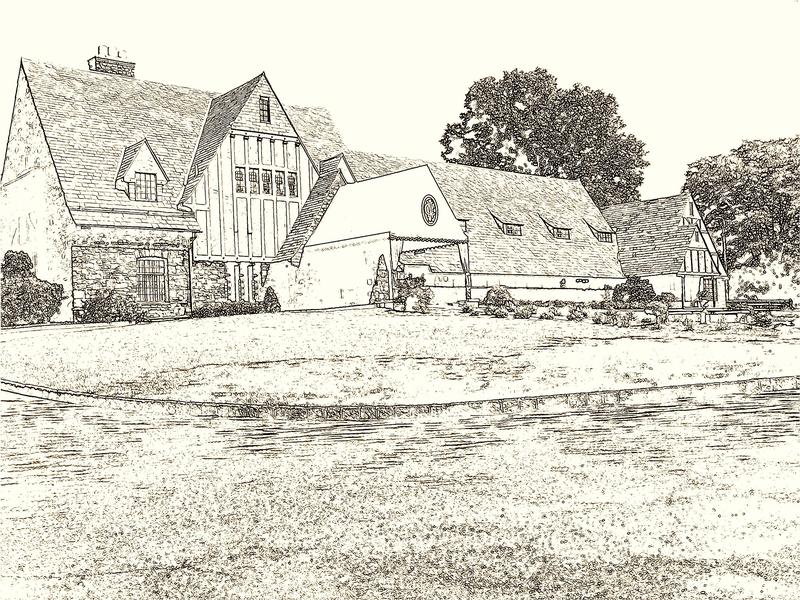
North Jersey Country Club
Originally called the Paterson Club when it opened in 1895, it was renamed the North Jersey Country Club the next year. The club’s first president, Garret A. Hobart, would go on to serve as McKinley’s vice president and would have become president had he not succumbed to a heart condition. In 1917 the clubhouse was destroyed by fire and large barns on the grounds were converted into the new clubhouse. Then, in 1919, the club purchased additional land to expand from a nine-hole to 18-hole golf course. However, the club was destined for a new location and it purchased Greenbook Farm and its 327 acres in 1921, and an 18-hole course based on a Walter Travis design was constructed and its new clubhouse opened in 1923. (northjerseycc.com)
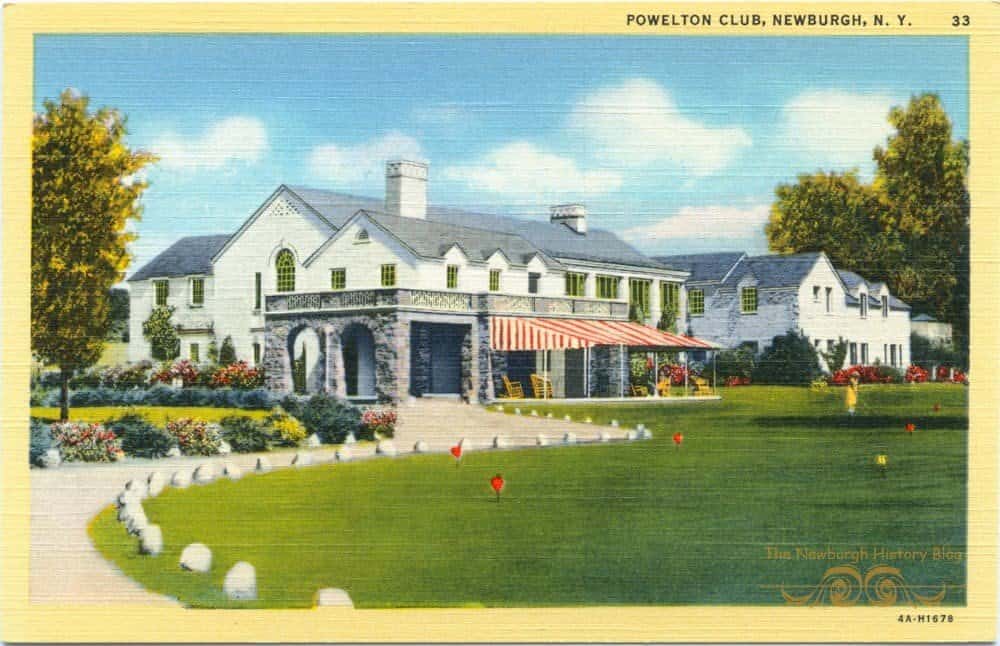
Powelton Club
It was a Newburgh businessman, Homer Ramsdell, who organized the Powelton Lawn Tennis Club and in April of 1892, the Powelton Club was incorporated. Originally, baseball, croquet, bicycling and tennis were the club’s official activities, and then Mrs. Ramsdell’s mother-in-law, Maude, designed a 5-hole golf course. As golf continued to increase in popularity, so did the size of the golf course, and by 1896, Powelton had nine holes. In 1899, the club joined the MGA and WMGA, and in 1921 Devereaux Emmet was hired to design an 18-hole golf course that opened in 1926. The original clubhouse burned to the ground in 1929, and a new one was constructed in 1930. (powelton.com)
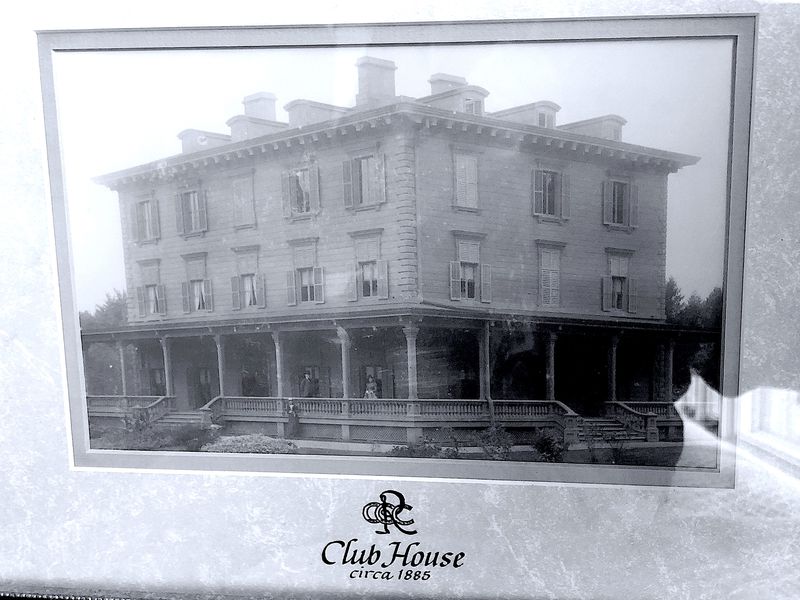
Richmond County Country Club
The club was organized in 1888 and incorporated in 1891, and today it is New York City’s only private country club. While its primary focus was fox hunting, golf was introduced in 1894 when three Englishmen, George Armstrong, George Hunter, and James Park, designed a nine-hole course. In 1897 the club moved to its present-day location on Dongan Hills, where a new nine-hole course was built. Its second nine was added the following season. The clubhouse was once the home of Junius Brutus Alexander, a shipping magnate, who used to stand on the porch and watch his ships enter the NY harbor. (richmondcountycc.org)
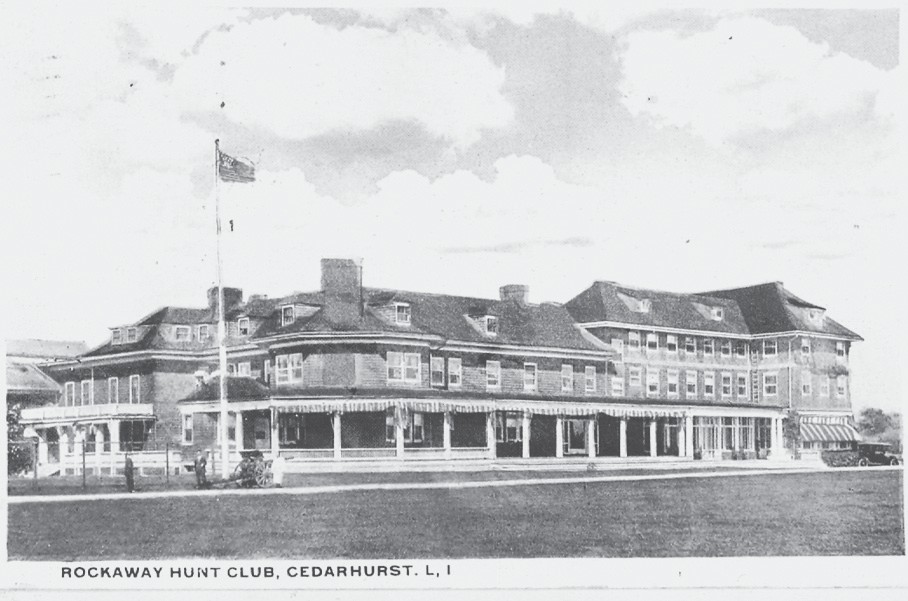
The Rockaway Hunting Club
Originally called the Rockaway Hunt Club, it was founded in the Bayswater section of Far Rockaway, NY, in 1878 and it is the oldest country club in the United States. Golf was not yet on the scene as sporting activities focused on one Steeplechase event (horse race) every year and fox and hound hunts. By 1884, residential construction forced a move to its present location in Lawrence, where members built a clubhouse overlooking Reynolds Channel, Long Beach, a polo field and a four-mile steeplechase course. Its golf course, a Scottish links design, was constructed in 1900 by Tom Bendelow and redesigned in the 1920’s by A.W. Tillinghast. (rhcny.com)
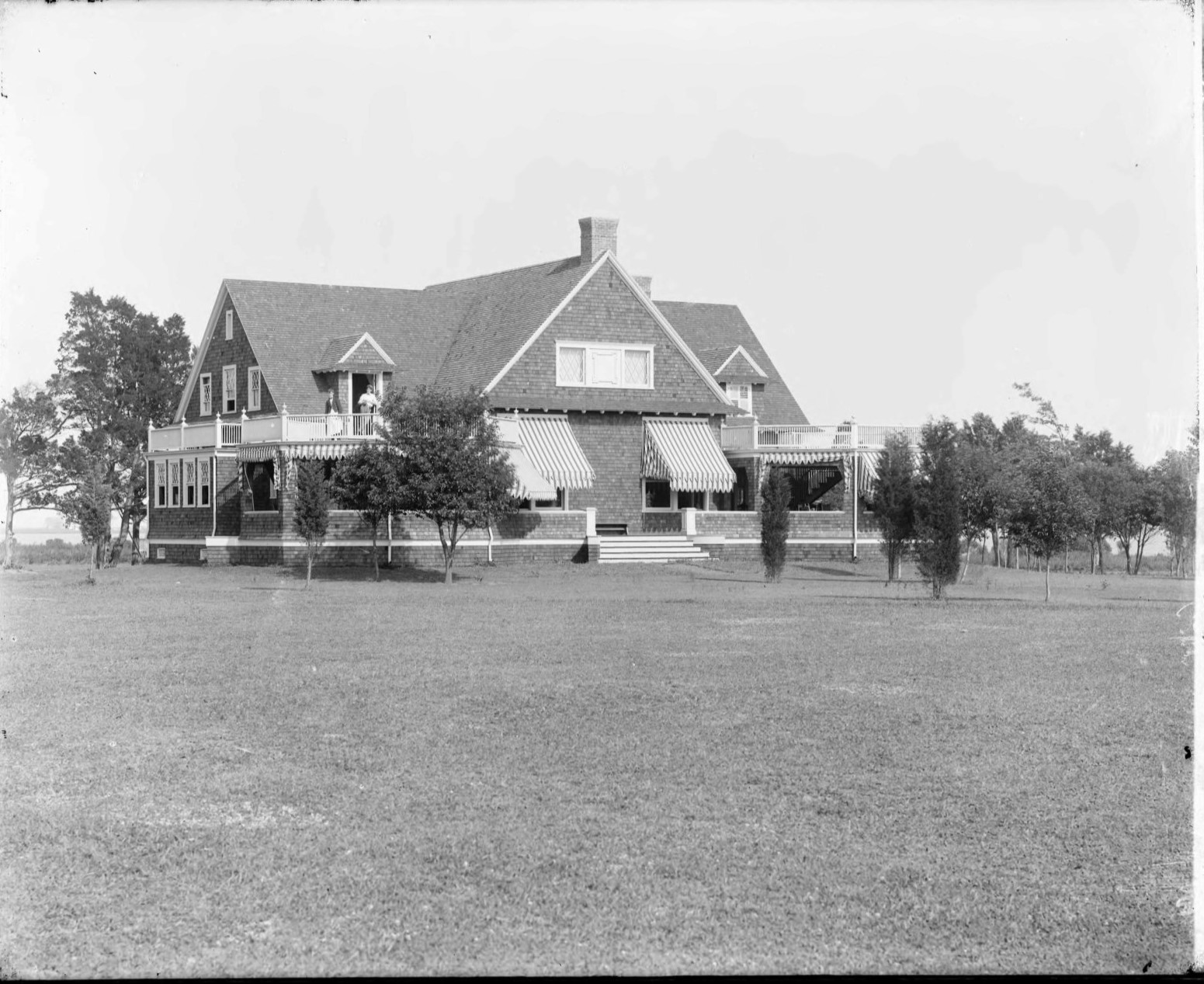
Seabright Golf Club
In the early 1870’s, summer residents from Manhattan began to build cottages along Rumson Road and listed their addresses as Seabright, even though they were technically in Rumson, NJ. Clubs were formed for popular pastimes, specifically, tennis, golf, sailing and polo. First was the Seabright Lawn Tennis and Cricket Club in 1878, followed by the Seabright Golf Club with its nine-hole course in 1887, then the Meadow Yacht Club around 1893 and finally the Rumson Polo Club in 1900. When Rumson was incorporated in 1907, it became a more fashionable destination, and it was decided that a new club would be created. The Rumson Country Club was formed in 1908, and it was a combination of the yacht, polo and golf clubs; the Lawn Tennis and Cricket Club would remain its own entity. With that, Seabright ceased to exist. (rumsonnj.gov)
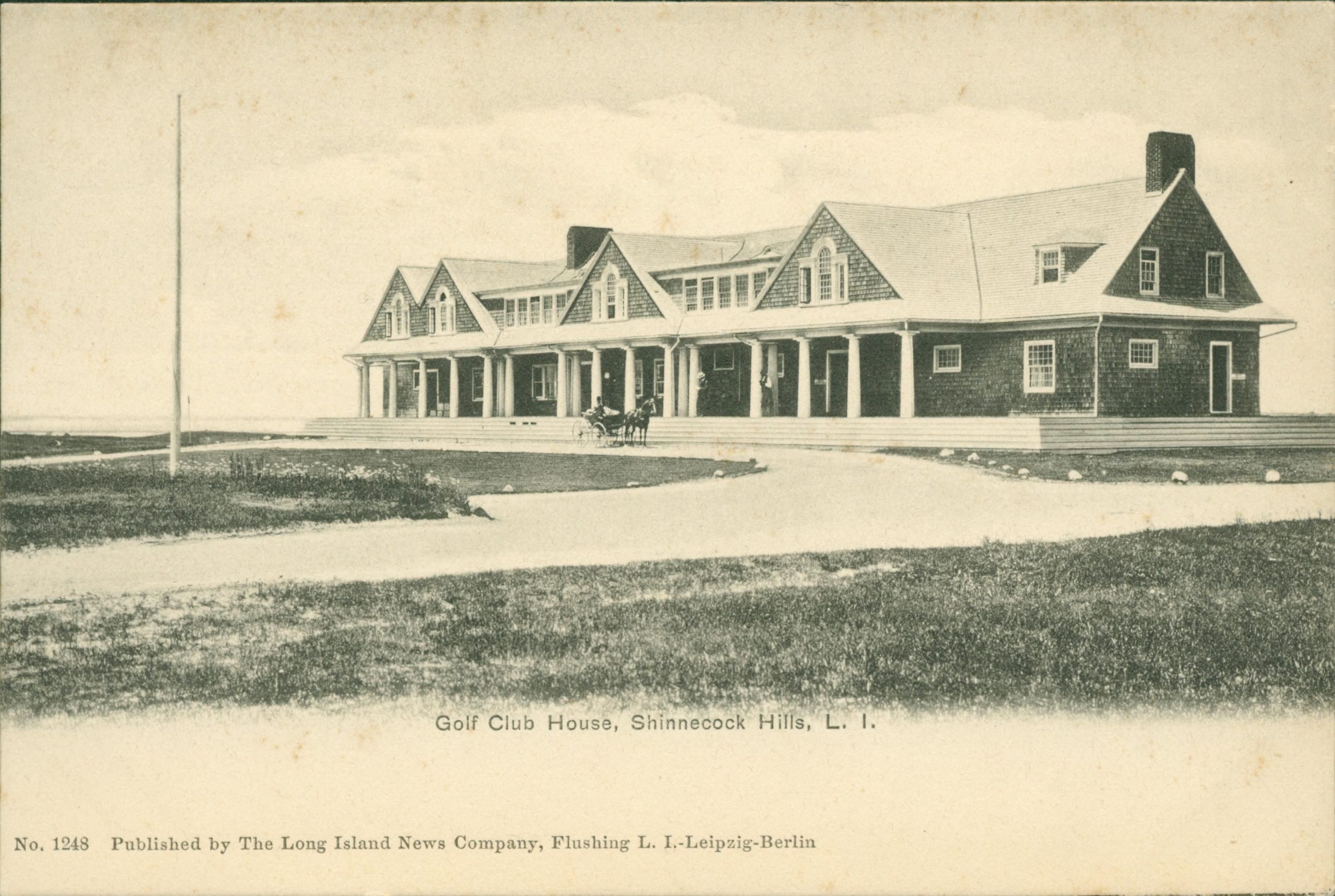
Shinnecock Hills Golf Club
In 1891, 44 individuals purchased shares in Shinnecock Hills Golf Club for $100 each, and the proceeds were enough to build the course and clubhouse, designed by Stanford White of McKim, Mead & White. The original golf course was twelve holes and designed by Willie Davis; it expanded to 18 holes in 1895. One of the founding members to purchase shares was Janet Hoyt, mother of Beatrix Hoyt, who at that time was 11-years-old. Beatrix would become a founder of the WMGA and served on its original executive committee. Dubbed “America’s Young Tom Morris,” Beatrix was a three-peat winner of the Women’s Amateur, 1896-1898, with two of those wins at WMGA founding clubs: Morris County GC (1896) and Ardsley CC (1898). When Shinnecock hosted the Women’s Am in 1900, Beatrix won medalist honors, but lost to Margaret Curtis in the semifinals. (usga.org)
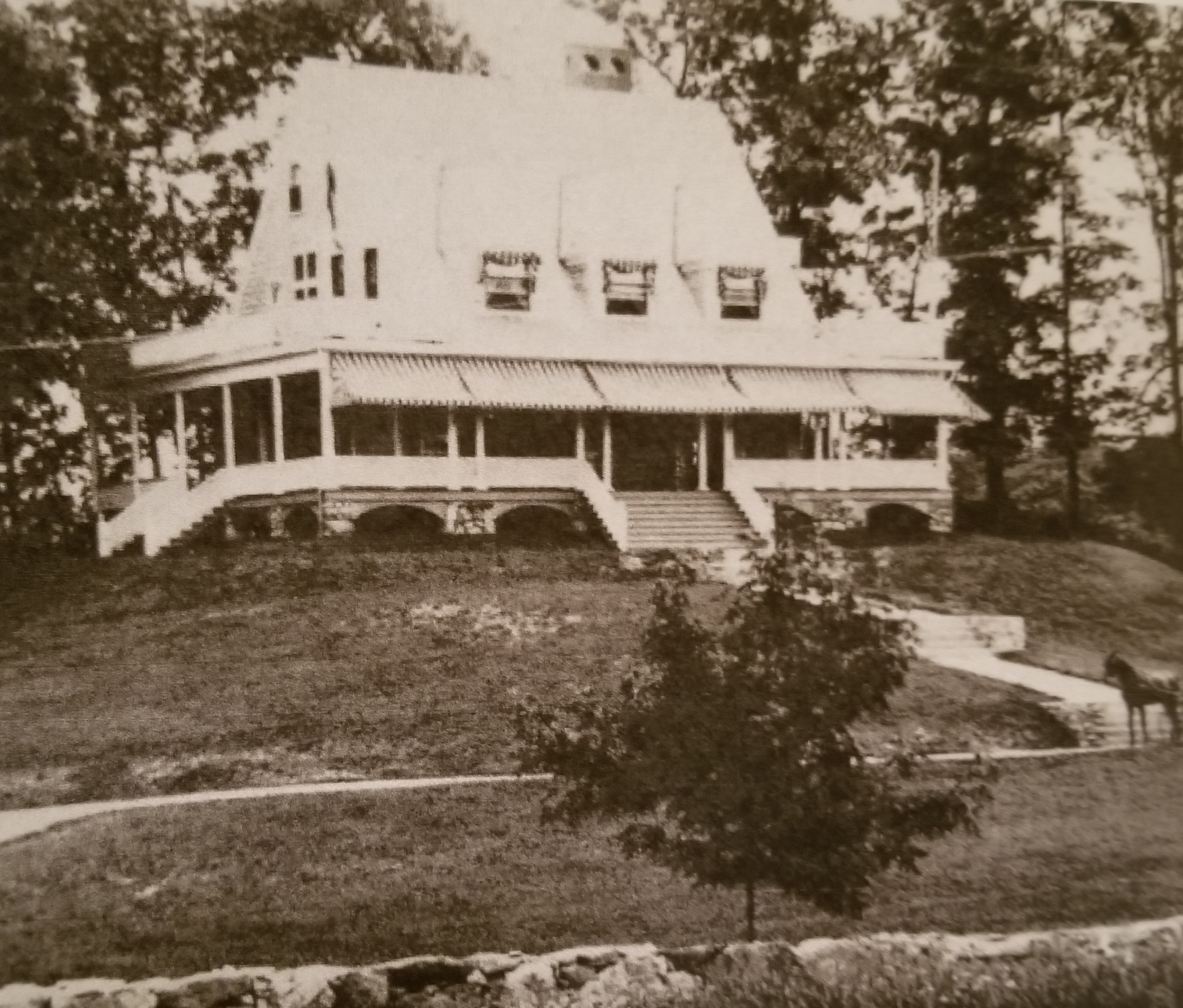
Wee Burn Golf Club
The Scottish term for little stream is “wee burn,” and the Darien, Connecticut club with that name dates back to 1896 when a six-hole course was laid out on 48 acres of leased farmland. It was Andrew Carnegie, who had a summer home in Darien, who suggested the name. Three more holes were then added to the layout, but there was no room for expansion. In 1923, 230 acres were purchased by the club and Devereux Emmet was hired to design an 18-hole course. Members were thrilled that the “wee burn” was also part of the new course. Genevieve Hecker (Mrs. Charles T. Stout) was a Wee Burn member and the first winner of the WMGA’s Match Play Championship in 1900. Hecker was also a two-time winner of the Women’s Am in 1901 and 1902, with her 1901 win at Baltusrol. (nytimes.com)
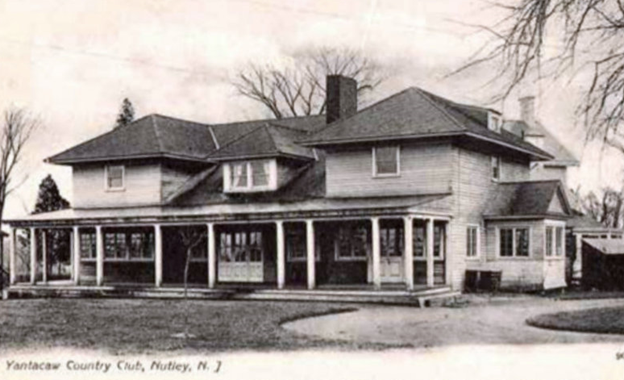
Yountakah Golf Club
One of New Jersey’s first golf clubs was the Nutley Golf Club in 1894, and its name changed to the Yountakah (Yantacaw) Country Club in 1899 when the course expanded to 18 holes. It took its new name from the Lenni Lenape (local Indian tribe) word for “gathering place.” The course had seven holes and the clubhouse on one side of Kingsland Road and the other 11 holes were across the street. WMGA legend, Maureen Orcutt of White Beeches, won several of her amateur titles at Yountakah. Financial difficulties led to the club closing in 1943. (nutleyhistoricalsociety.org)
